Keith Urban
Since our last Rig Rundown, Urban has scaled down his pedal stash. He now uses only a single drawer of effects that includes a Wampler Ego Compressor, Visual Sound VS-XO Dual Overdrive, Xotic BB Preamp MP, Xotic BB Preamp, Ibanez TS808 Tube Screamer, Mesa/Boogie Flux-Drive, and an XTS Custom Pedals Atomic Overdrive. According to Urban’s tech, Chris Miller, about 80 percent of his lead tone is the Flux-Drive, with the other pedals floating in and out depending on the song. A Fractal Audio Axe-Fx II handles all Urban’s delays, reverbs, and modulation effects. Each pedal is routed through an RJM Effect Gizmo, and Miller controls the entire rig via a Liquid Foot 12+ MIDI controller.
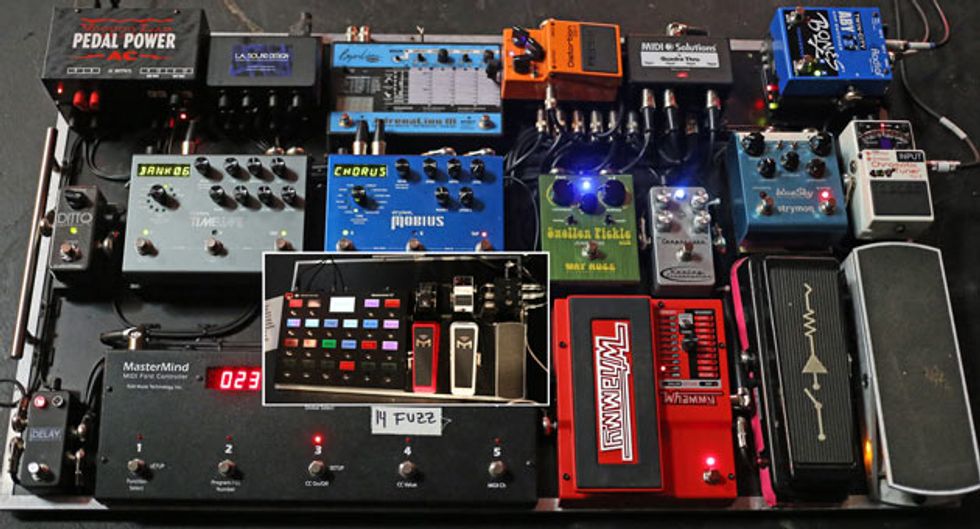
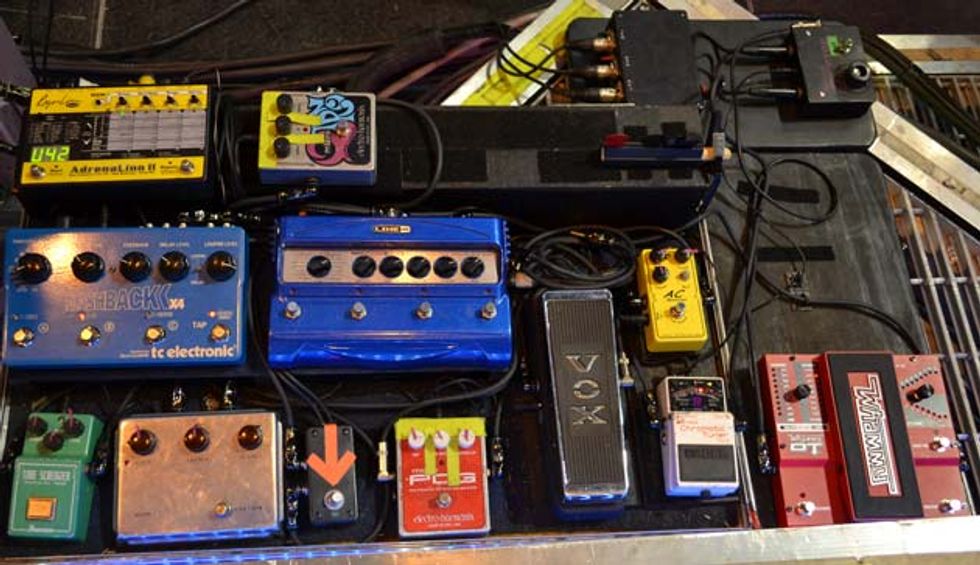
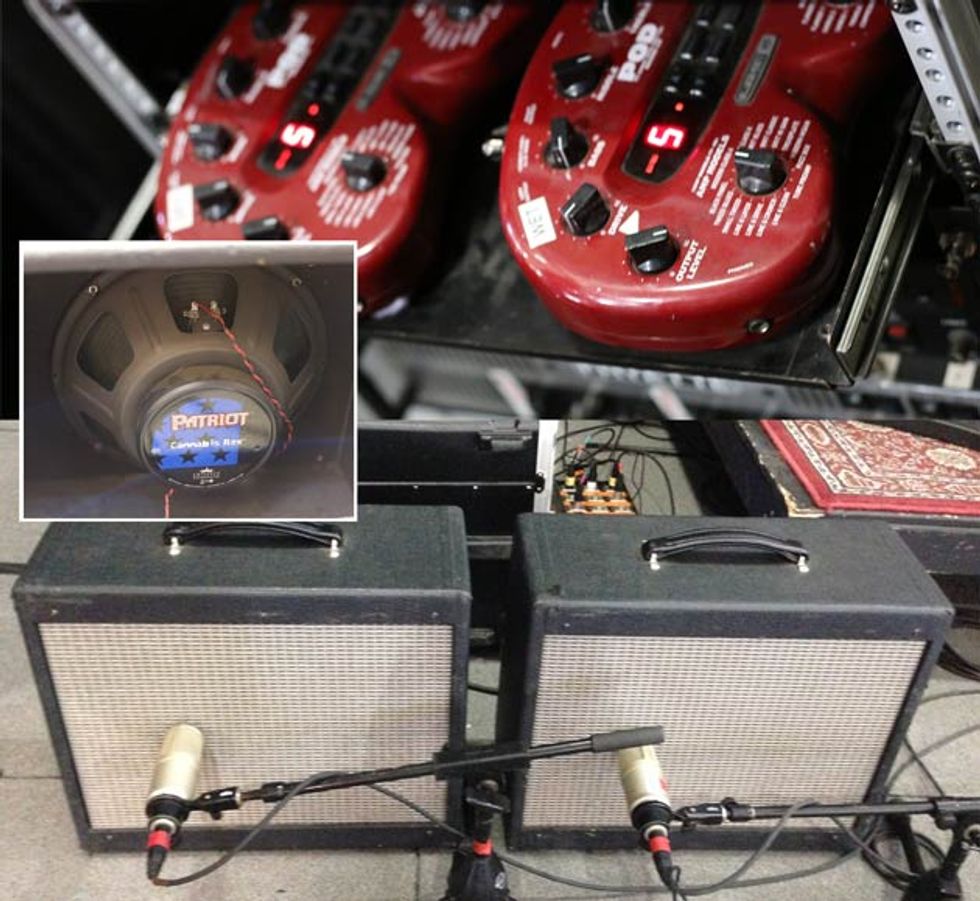
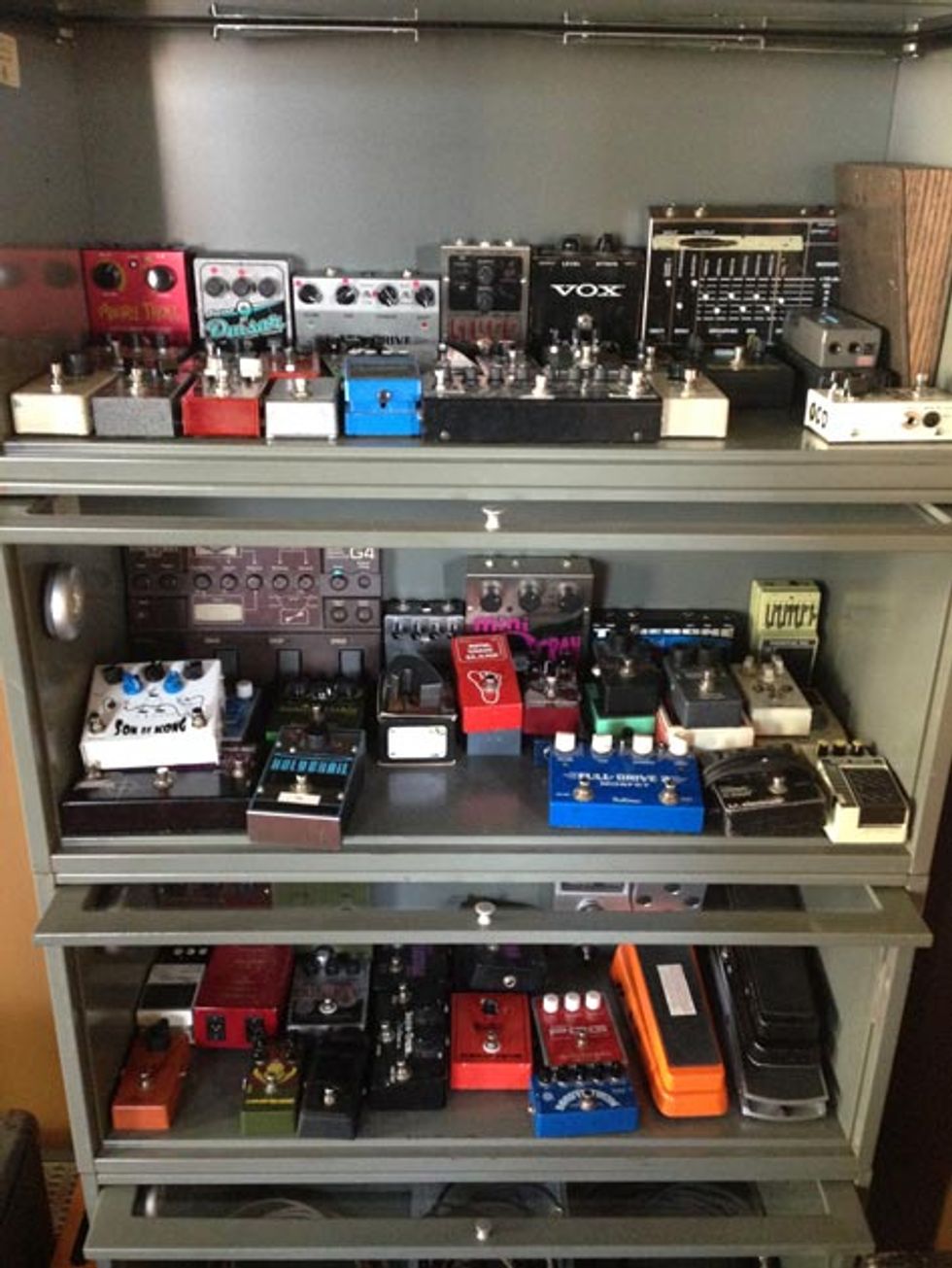
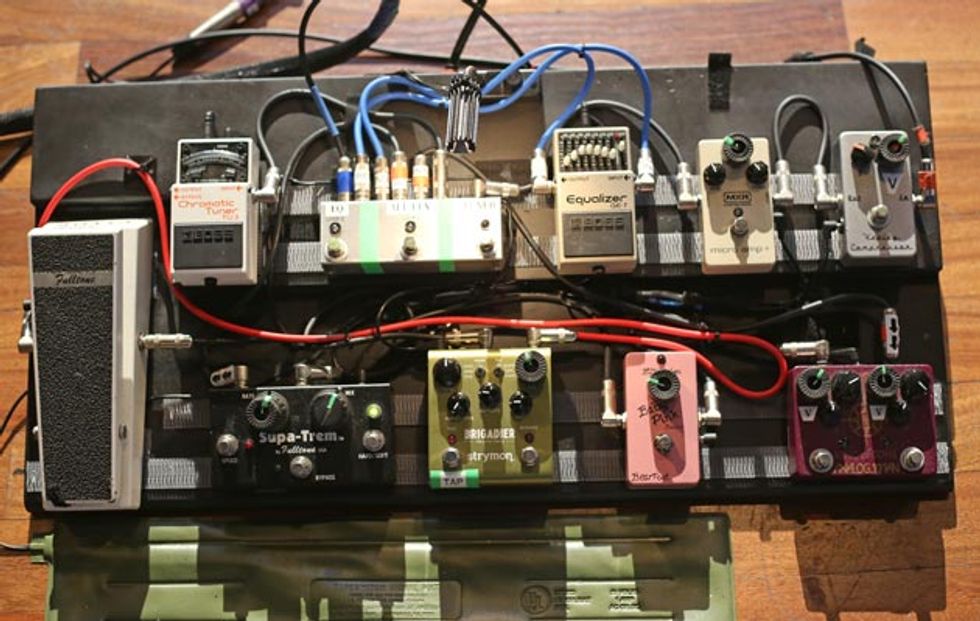
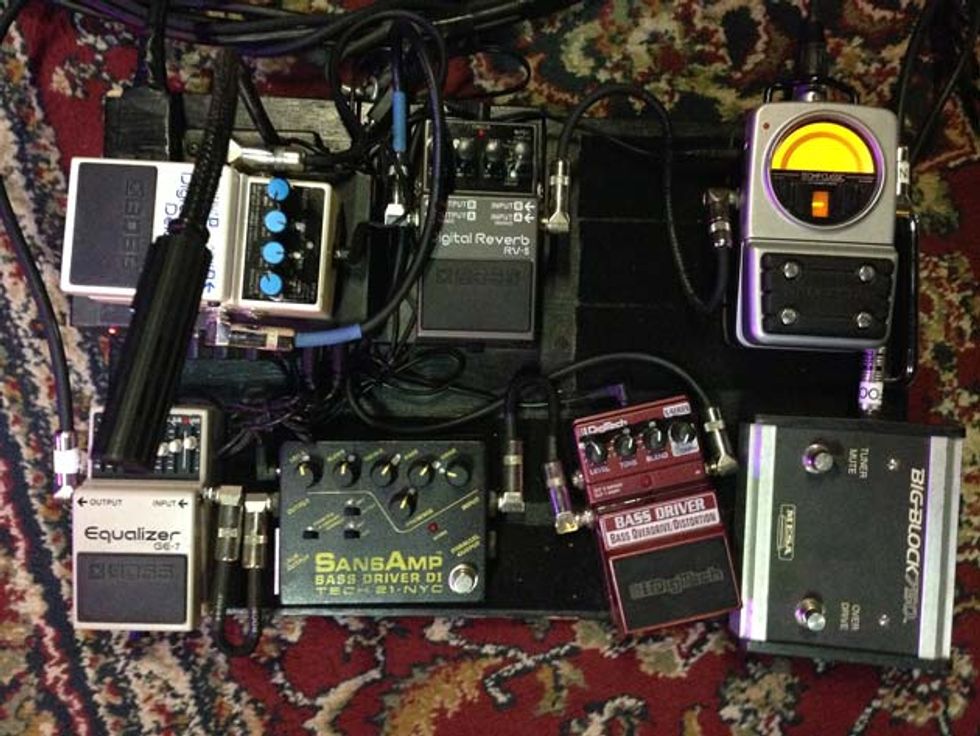
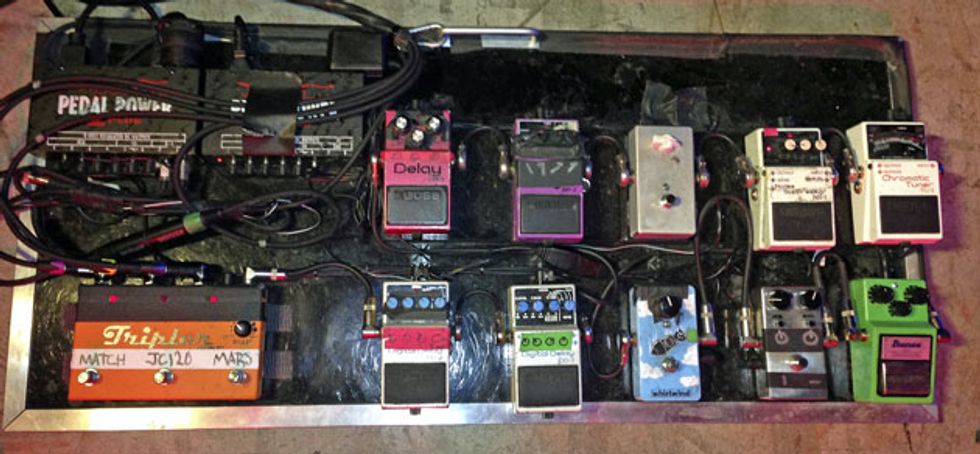
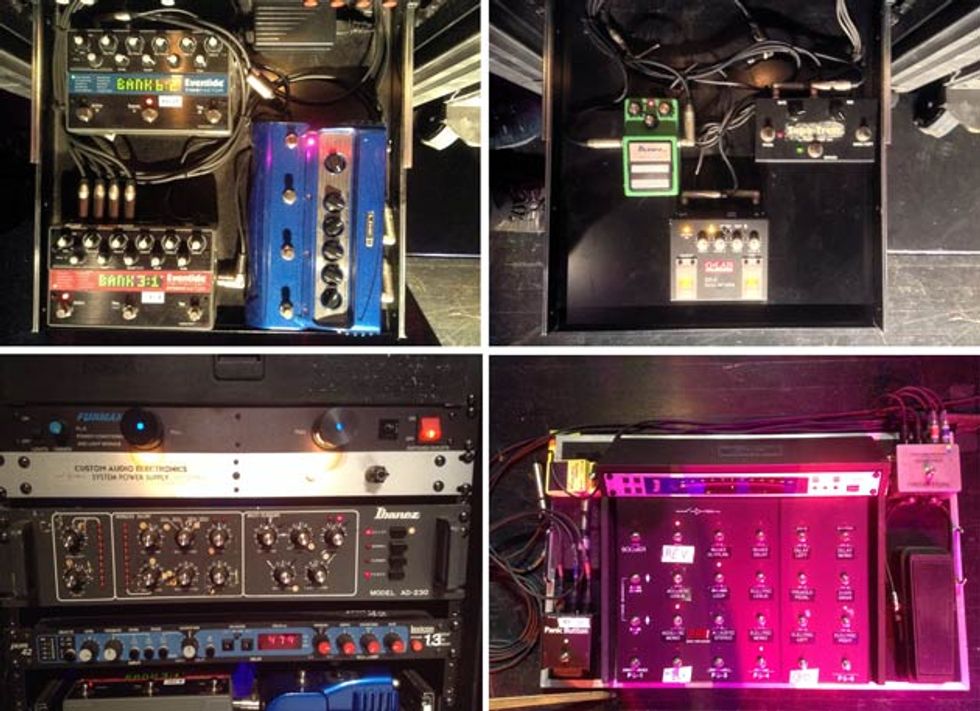
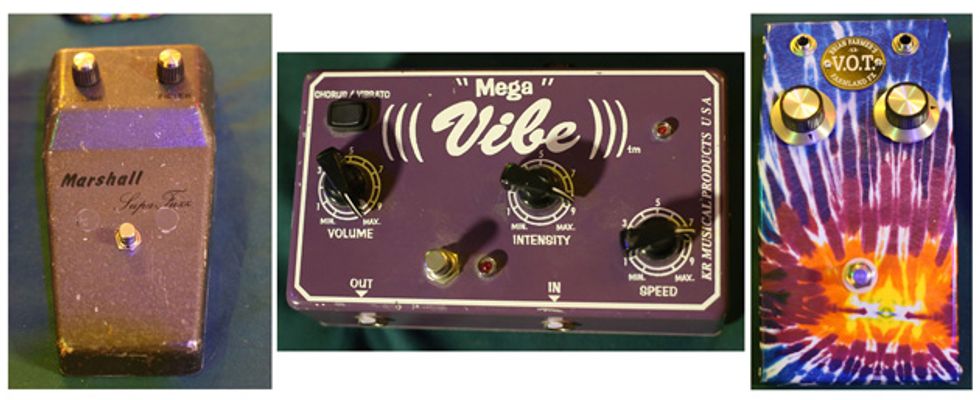
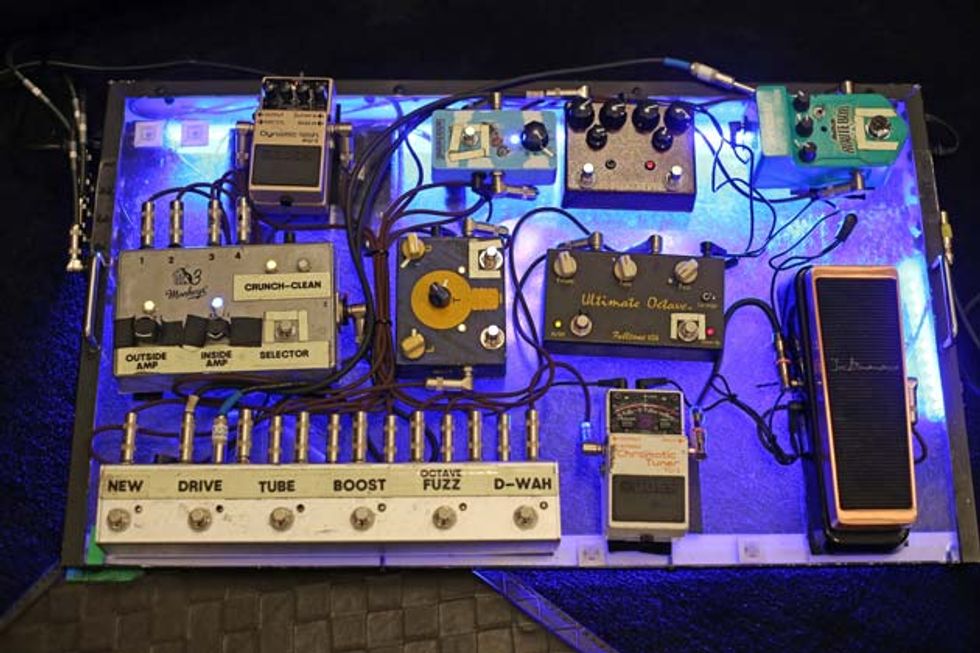
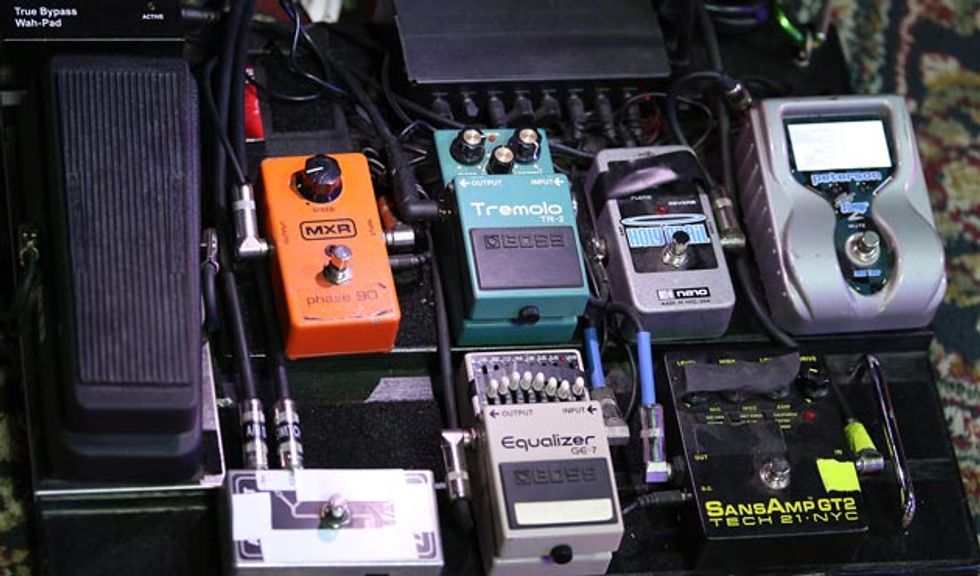
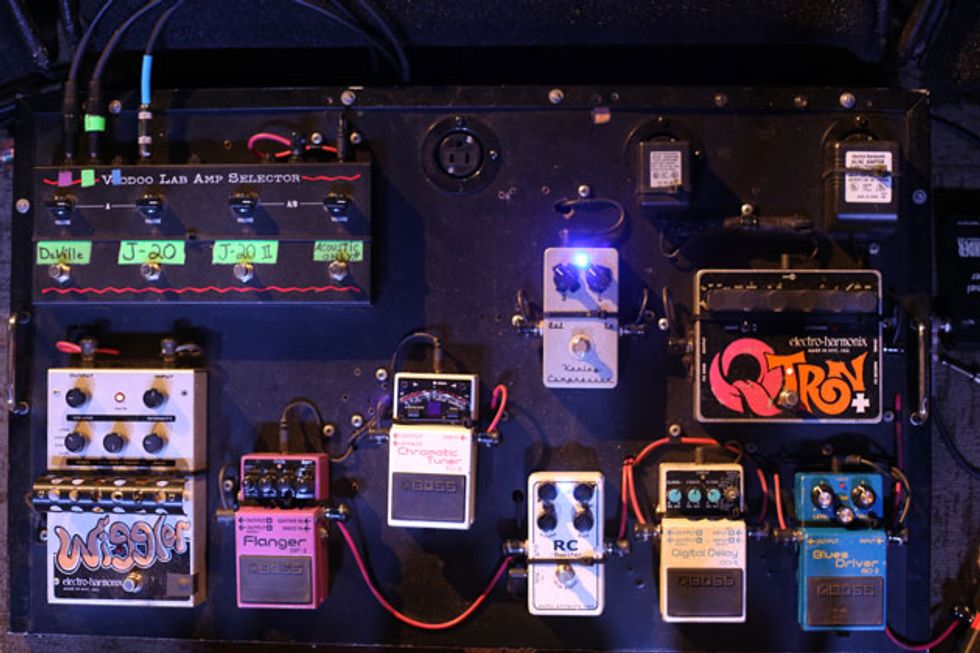

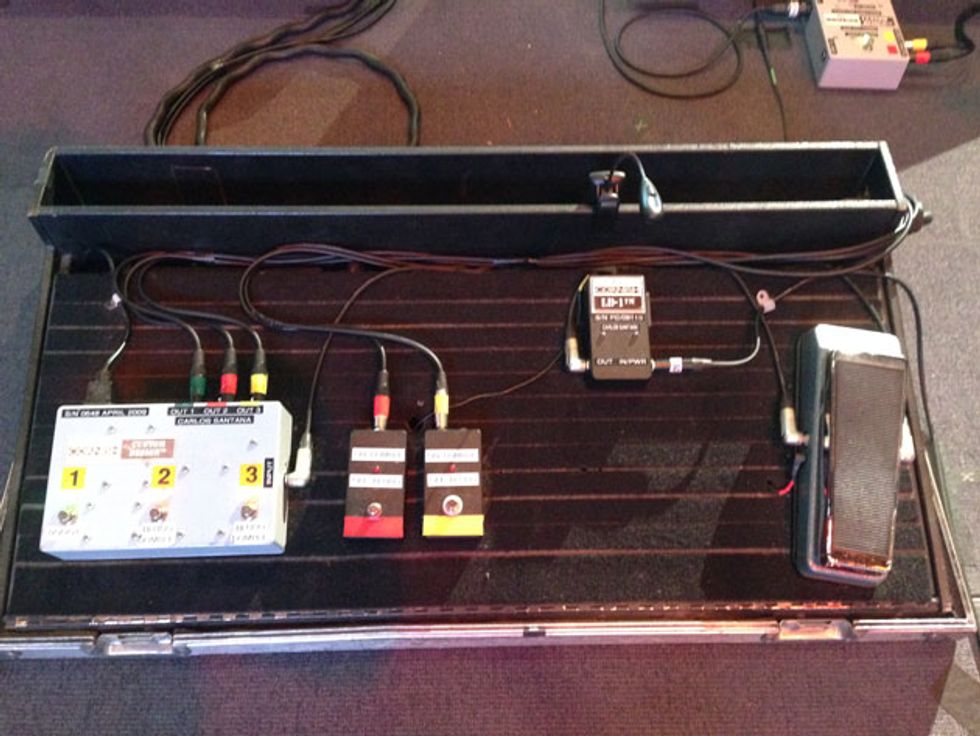
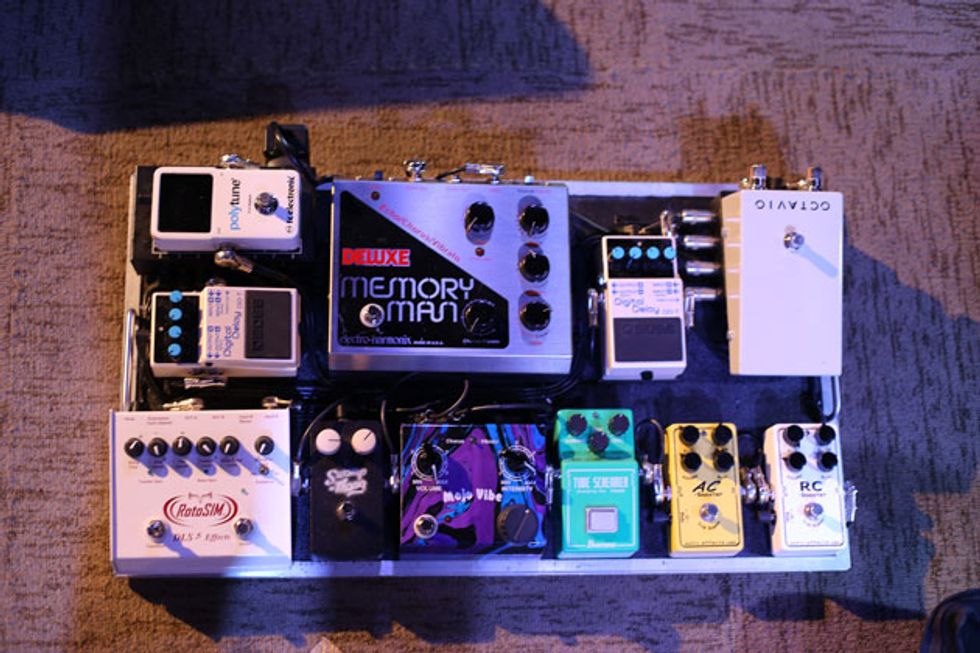
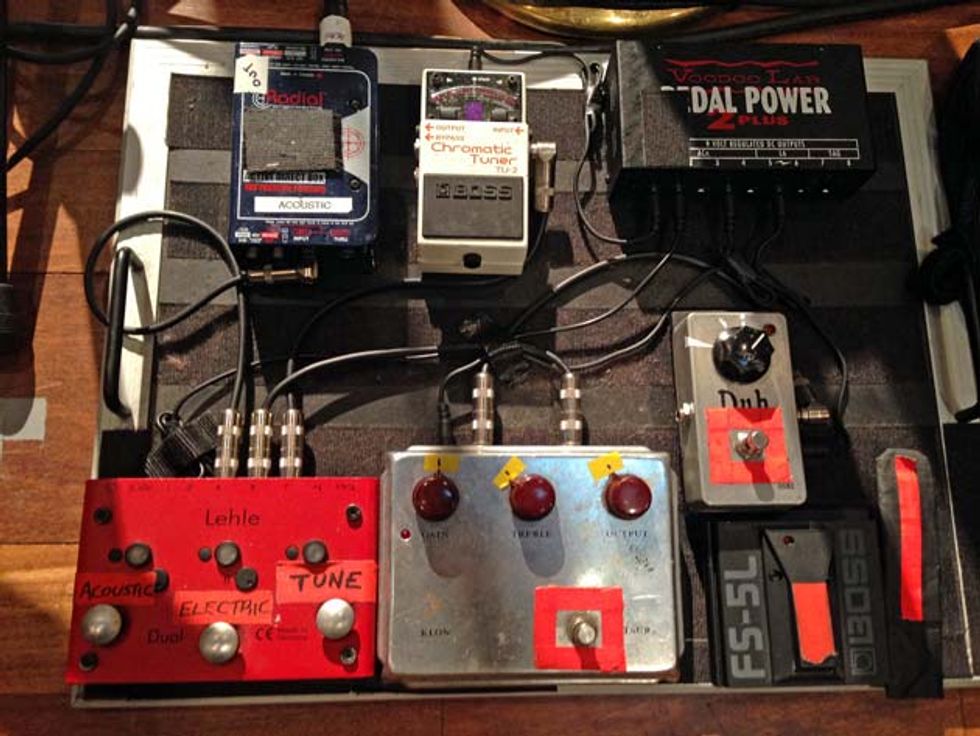
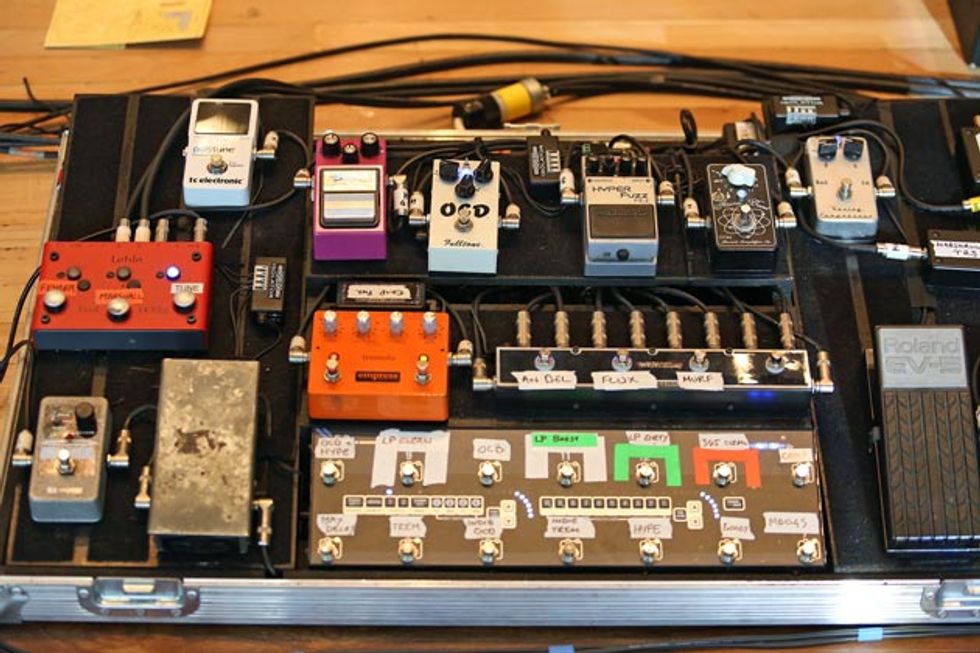
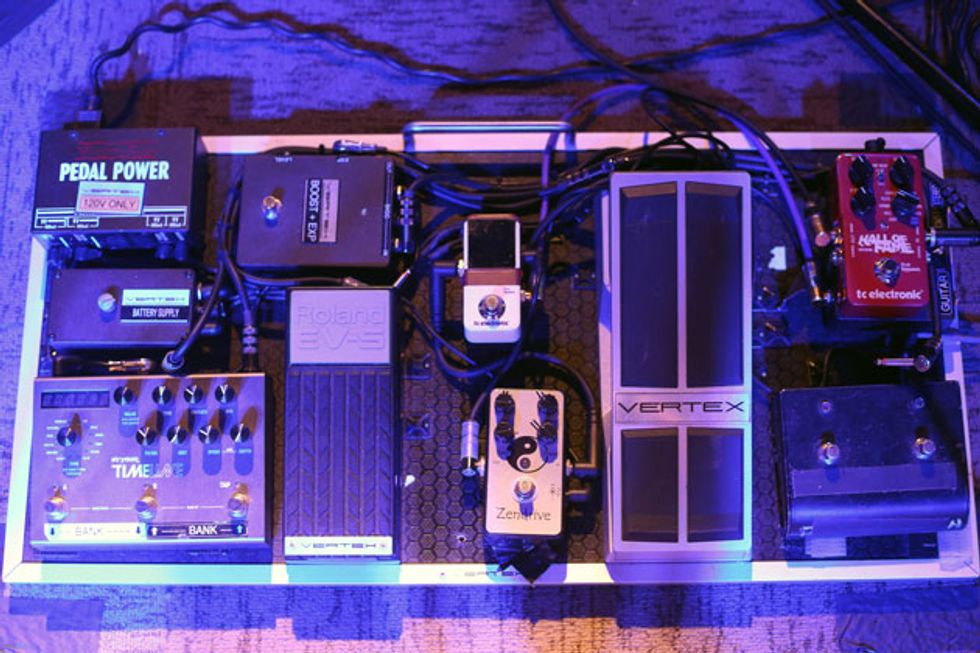
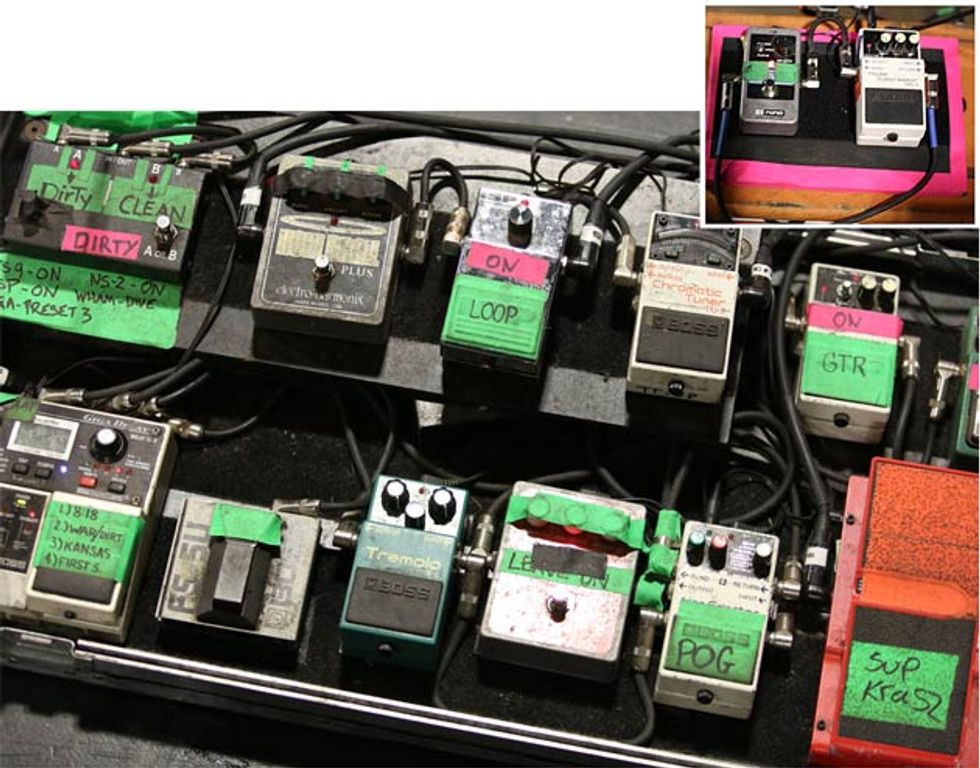
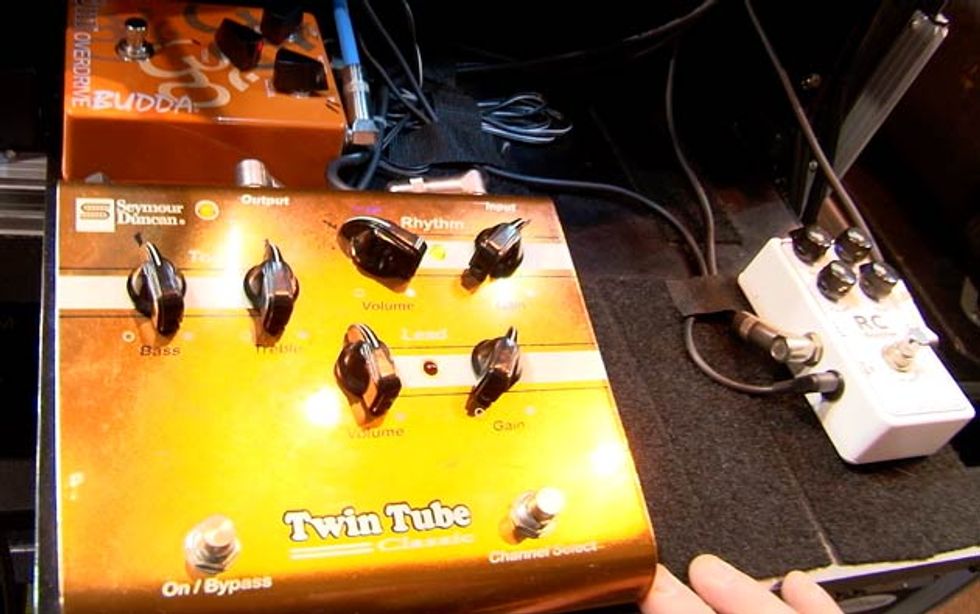
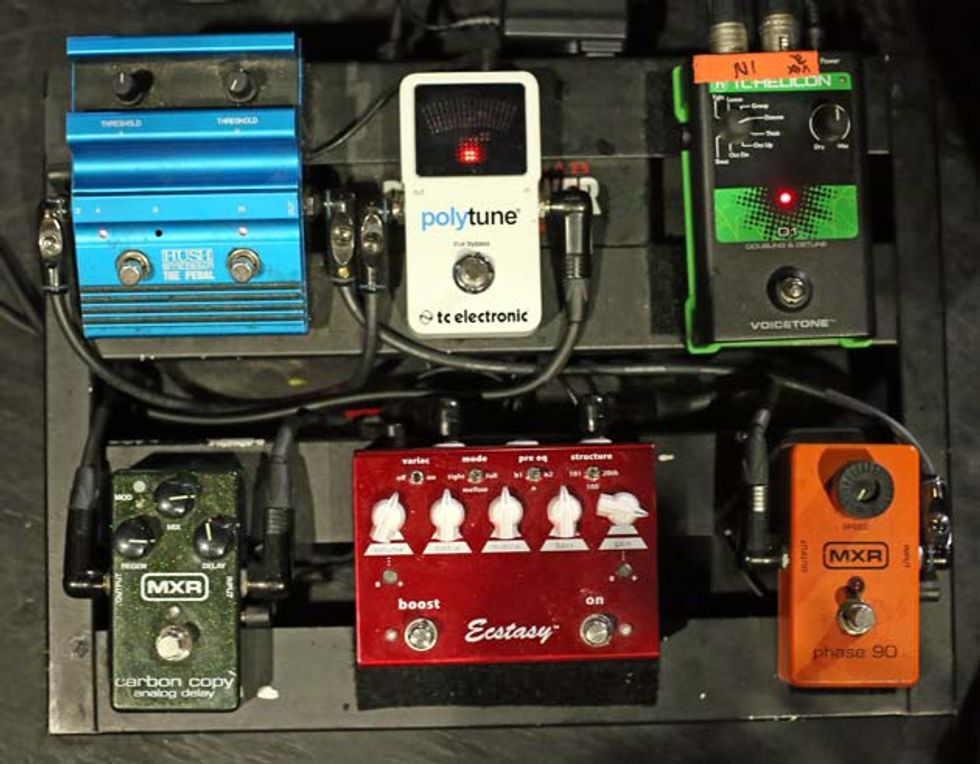
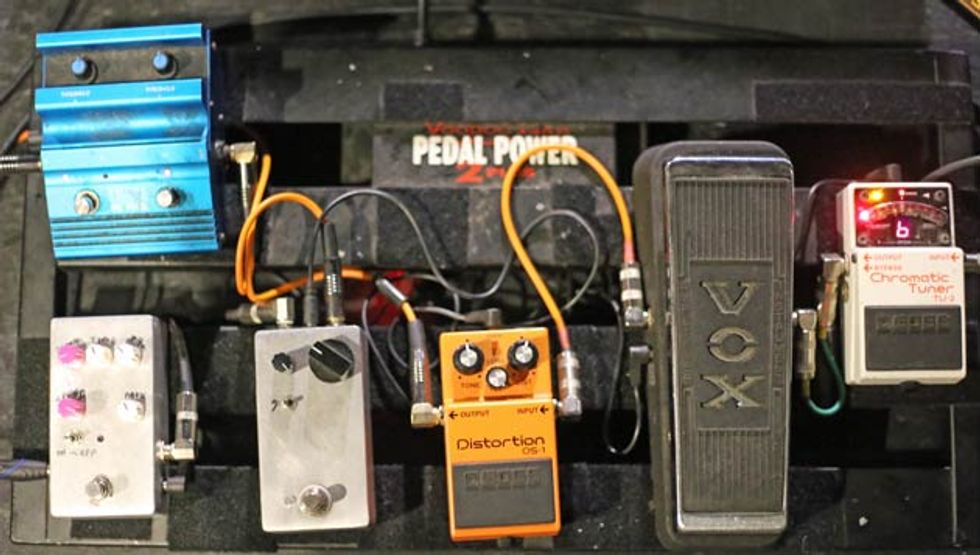
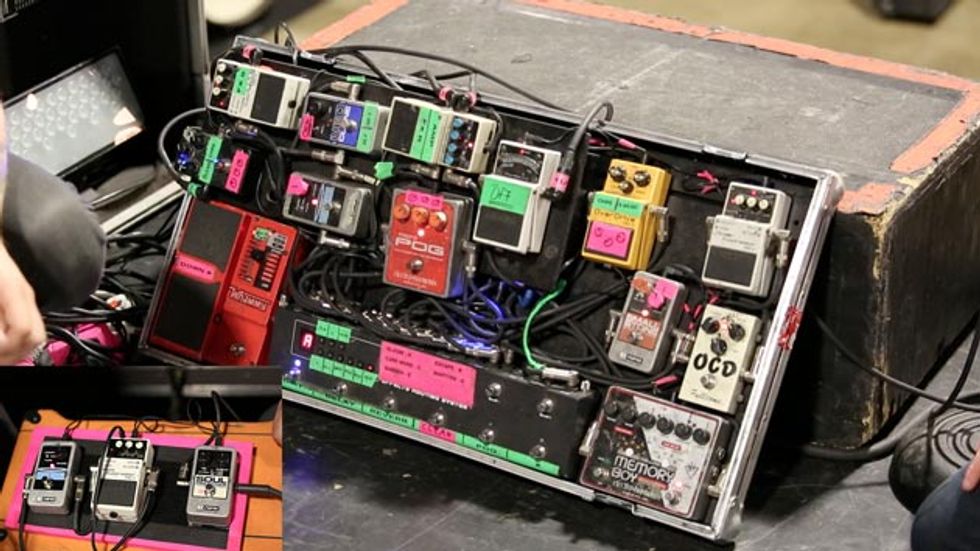
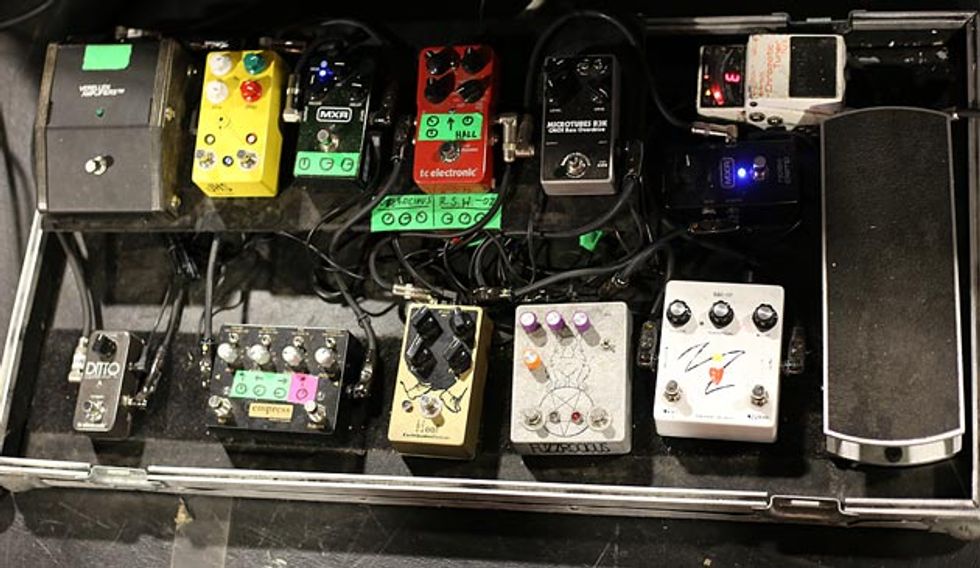
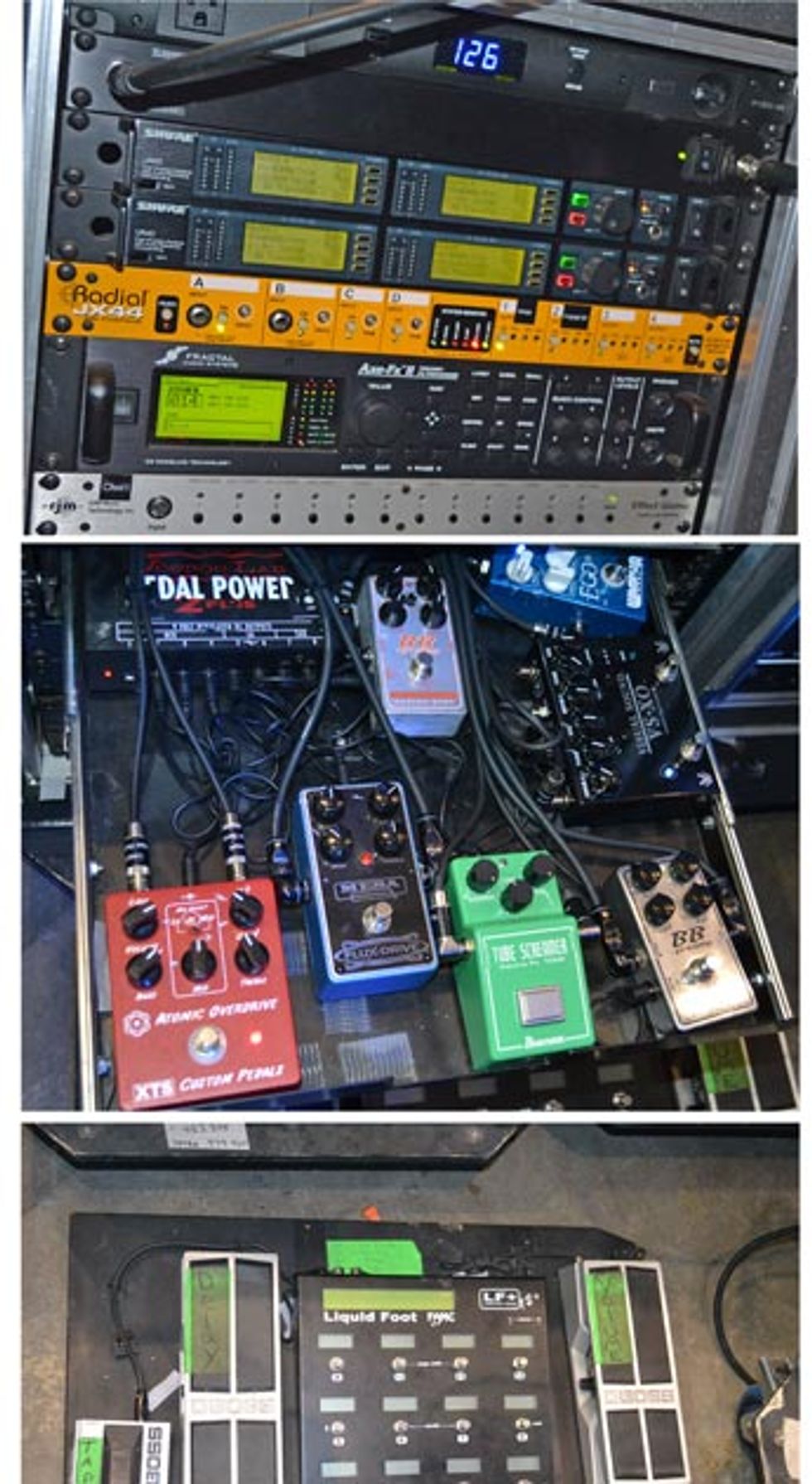
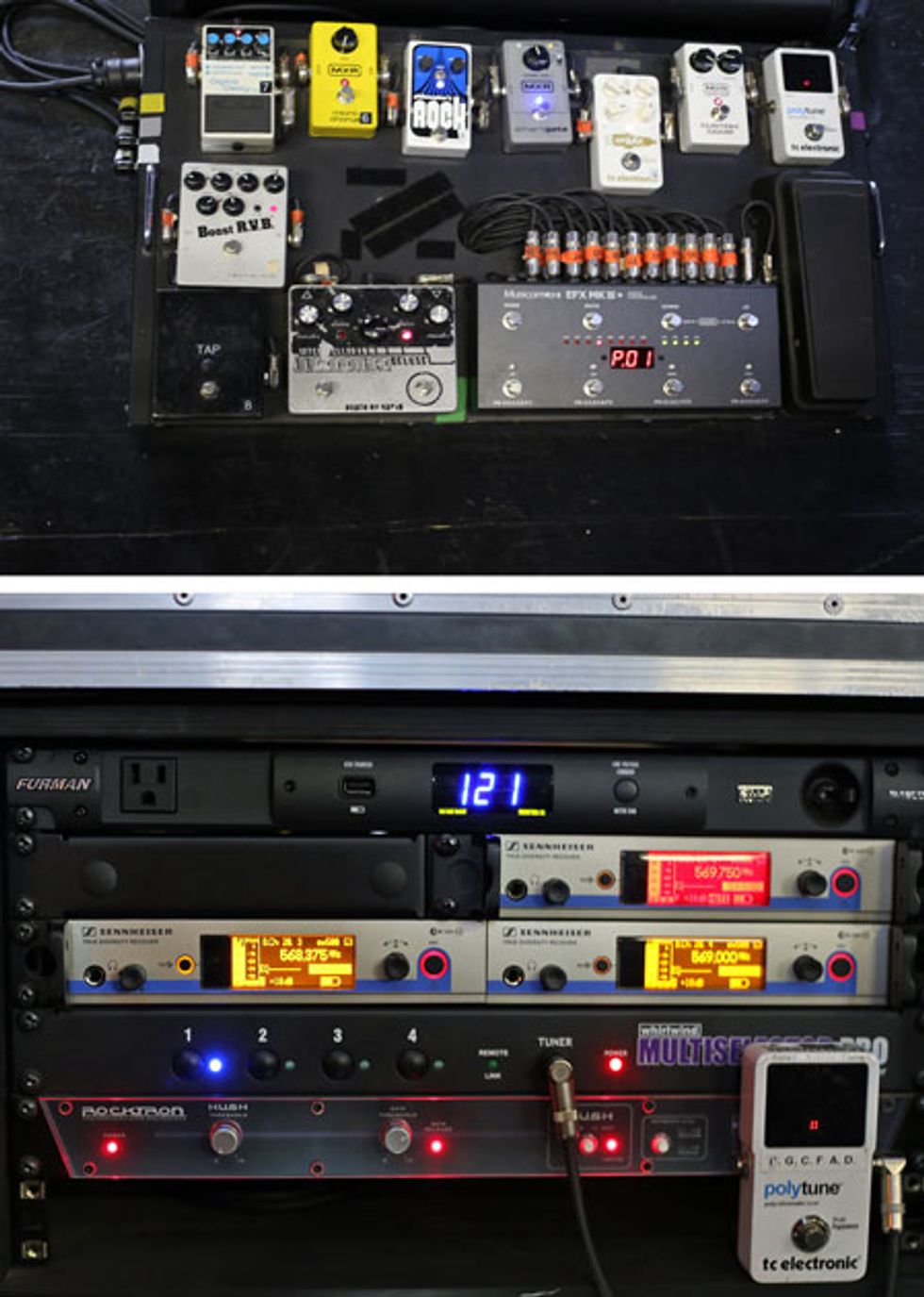
We rummaged through our entire backlog of Rig Rundown footage and photos to compile a guide to some of 2014’s tastiest, most elaborate stomp stations, including boards from the Cult’s Billy Duffy, Keith Urban, the Pixies, the Sword, Carlos Santana, Brent Mason, and more.





![Devon Eisenbarger [Katy Perry] Rig Rundown](https://www.premierguitar.com/media-library/youtube.jpg?id=61774583&width=1245&height=700&quality=70&coordinates=0%2C0%2C0%2C0)













 Zach loves his Sovtek Mig 60 head, which he plays through a cab he built himself at a pipe-organ shop in Denver. Every glue joint is lined with thin leather for maximum air tightness, and it’s stocked with Celestion G12M Greenback speakers.
Zach loves his Sovtek Mig 60 head, which he plays through a cab he built himself at a pipe-organ shop in Denver. Every glue joint is lined with thin leather for maximum air tightness, and it’s stocked with Celestion G12M Greenback speakers.


































